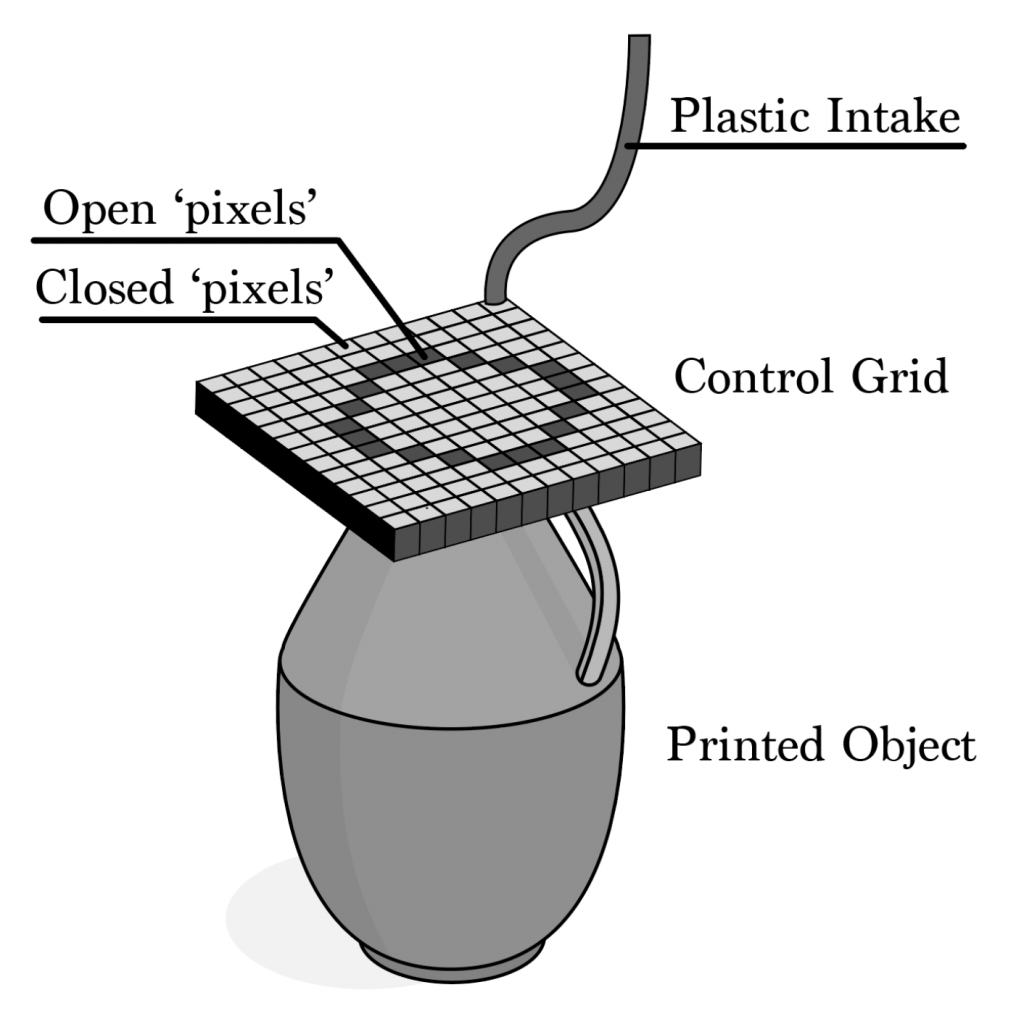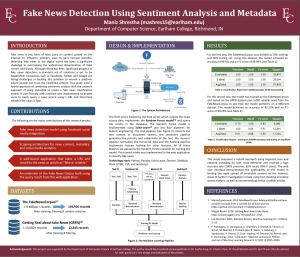
Name of Your Project?
Pixel Printer
What research topic/question your project is going to address?
My project aims to improve the current process of 3d printing that is used for mainstream industrial 3d printing.
What technology will be used in your project?
- 3D-Printing
- A small computer (Raspberry Pi)
What software and hardware will be needed for your project?
- A plastic pixel grid made of either wood or metal.
- Raspberry Pi or similar small computer to control the opening and closing of the pixel grid.
- Plastic to print the 3d object out of.
- Motors that will control the vertical movement of the pixel grid.
How are you planning to implement?
My implementation includes a pixel grid that is controlled by a computer, the 3d object is converted into layers, the layer then controls the corresponding pixels the molten plastic flows through,. Based on the layer the pixels ‘open’ and ‘close’ to form the 3d object. The pixel grid moves up as it finishes a layer.
How is your project different from others? What’s new in your project?
My project is an entirely new concept. This process of 3D-printing does not exist. The current 3d printers consist of a nozzle through which the molten plastic flows, the nozzle then moves around forming the object which is very time consuming. My process uses a pixel grid that allows molten plastic to flow through the pixels forming the object.
What’s the difficulties of your project? What problems you might encounter during your project?
- Since this is an entirely new process of 3d printing, I will not be able to use pre-existing online resources.
- I have no experience working with a raspberry pi and I’m not familiar with hardware programming.
- My process relies on the density of the grid. The more ‘’pixels’’ my grid contains the more detailed the 3d object will be.
- Creating an extremely dense grid could be expensive and not viable in an academic setting.
